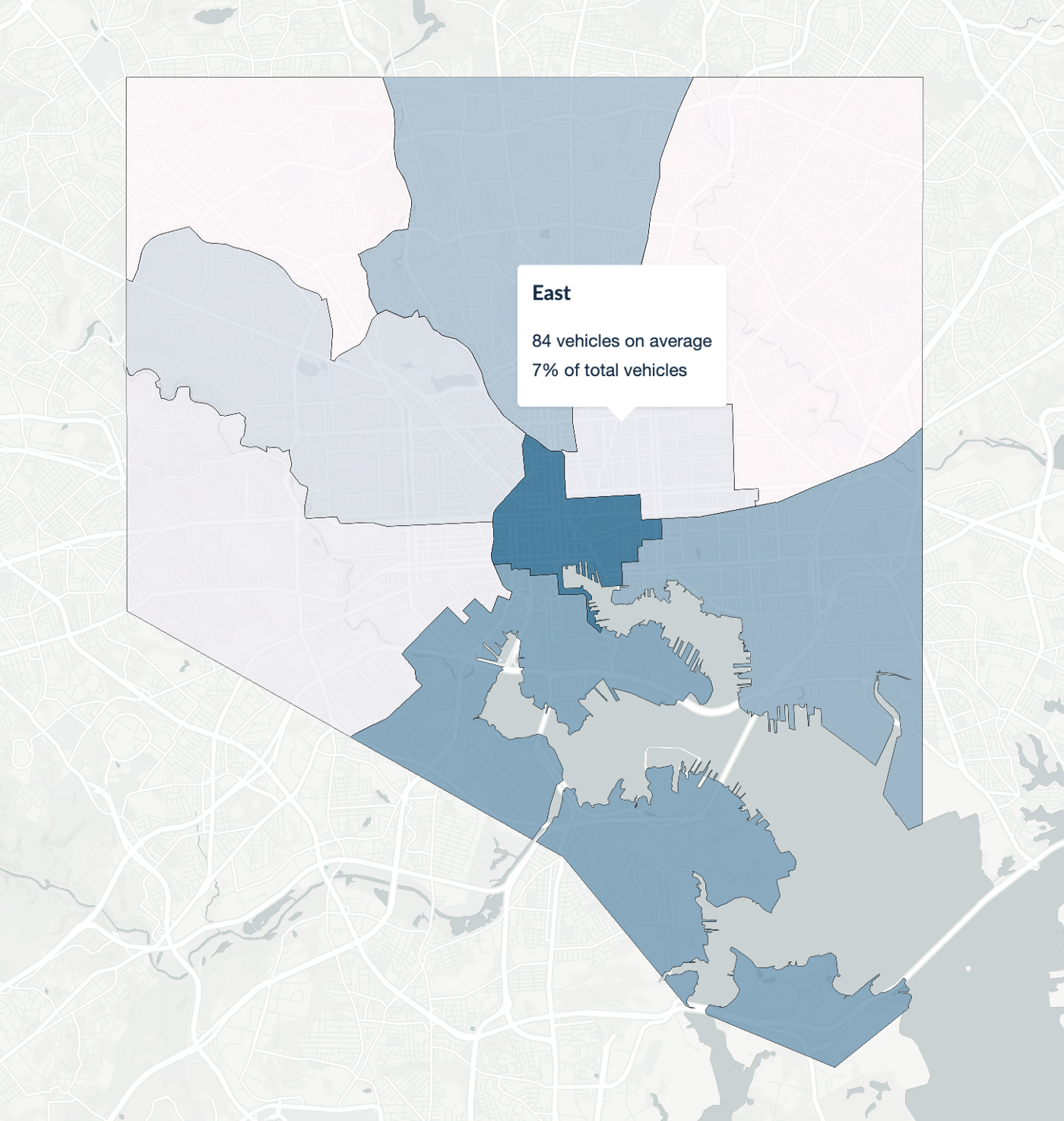Mobility Services In The COVID Era: How Some Mobility Services Are Filling The Gap
COVID-19 has had a major impact on our cities with orders to shelter in place and eliminate nonessential trips becoming the new temporary norm. Human mobility is an area where there have been major dramatic changes at all levels from a local to a global scale. Travel restrictions have been placed on a major portion of the world’s population as nonessential trips are strongly discouraged by governments worldwide.
With these restrictions, transportation services have been impacted. In the United States vehicle miles traveled have plummeted and Uber and Lyft have done away with pooled rides. Public transit systems are also cutting service amidst record low ridership. All of these factors are making essential trips harder for those who rely on them.
As some shared services have become less attractive due to health safety reasons, and others have become less available, some micromobility services have proven a reliable option for those who need to get around during this time. Many cities are declaring bike shops and micromobility as essential businesses and providing incentives for these providers to continue to operate during these extraordinary times. A few key operators have decided to remain in select regions where they believe their essential service can provide the biggest impact.
“Our communities rely on our service for their transportation needs, and we believe that continuing our service during this time is even more important as long as it remains safe for our employees and the public.”
Spin CEO and co-founder Derrick Ko in a statement to Streetsblog
Spin along with JUMP, Lyft and a handful of smaller operators have all decided to continue providing bikes and or scooters in a number of key markets in the US — even providing free rides to health care workers. Revel, the moped sharing company, continues to operate and has even expanded its service area in NYC becoming the first free floating shared vehicle on the streets of Manhattan.
While trips all transportation services have generally declined, Populus has analyzed some of the key changes to the system wide behavior of micromobility programs that have continued to operate for essential trips.
Post-COVID Travel Pattern Changes in San Francisco
In San Francisco the SFMTA has made it explicit that they deem micromobility providers an essential service. Spin is one of the operators that has chosen to continue service in the city, and when we look at the operational data before and after the Bay Area shelter in place order we see two sets of very distinct system travel behavior.
Before “shelter in place” in San Francisco: Spin trips were concentrated along commute corridors and tourist destinations. Source: Spin and Populus Mobility Manager
The map above shows the top origins from February 16, 2020 through March 16, 2020 when the shelter in place order was made. A majority of trips are located around Market Street, BART Stations, and the San Francisco Waterfront. This pattern of behavior likely reflects trips used for commuting purposes and tourism. Taking a look at the behavior post the shelter in place order paints a very different picture with trips more spread out across the city. The change in travel pattern may indicate a difference in both the purpose of the trips being taken and the preferred mode choice. The figure below shows the top trip origins from March 17, 2020 through the 29th.
After “shelter in place” in San Francisco: Spin trips are more broadly distributed across the city. Source: Spin and Populus Mobility Manager
Observations of Shared Scooter Use in Baltimore
Similarly, in Baltimore, we are seeing slightly different patterns in behavior as a result of the shelter in place policies. As commute trips and other non-essential trips have been eliminated, we are seeing that the services seem to serve more utilitarian trips and are reaching more populations who are often left behind.
Deployment zones. City of Baltimore in Populus Mobility Manager.
Equity zones. Courtesy of Meg Young, City of Baltimore.
Baltimore’s requirements take two forms, Deployment Areas to ensure the vehicles are spread evenly throughout Baltimore, and Equity Zones to provide vehicles in specific locations within neighborhoods with lower income, less access to transit, and with the ability to be reserved and ridden by people who do not have access to a smart phone or traditional banking services. The tailored Equity Zones have been a success for the city of Baltimore as they typically see high utilization rates of vehicles deployed in the zones. During the Covid-19 crisis ridership on Baltimore’s scooter program has decreased overall, however in these equity zones, the city has observed even higher than normal ridership.
Courtesy of Meg Young, City of Baltimore.
The blue line in the figure above shows the percent of rides that are to and from the Equity Zones as a share of the total. The orange line shows the total ridership across the system. Since the wave of shelter in place policies in mid-March ridership on the system as a whole has been declining, but the share of all trips that begin or end in an equity zone has been increasing.
Although national, regional, and local shelter in place orders have changed the way that people are moving around cities with many systems experiencing a decrease in use, in the few weeks since policies have been enacted we have observed the ways in which shared micromobility can fill the gap in service for essential workers and essential trips.
At Populus we will continue to work with our city and operator partners to better understand how shared micromobility can safely provide critically important transportation options in light of current events.






